After hours and hours working on a piece of textile artwork, it is finished at last. You’re tired, but exhilarated. Then you take another look at your work. You don’t like it. You feel frustrated. Others compliment you but you still feel discouraged.
Textile artist and designer Kate Park struggled to like her own work, too. But then she decided to only make art that stemmed from a real passion; her identity and her faith. It fixed the problem. Not only was she delighted with the outcome, but also she loved the process of making art that was important to her.
Kate Park is a textile nerd. She loves weaving, knitting, fabric design, materials technology and everything related to textiles. Her work consists of woven, knitted and felted textile installations and designs.
Layers of wool act like lines of poetry, representing the layers of past and present, her dual identity and aspects of her faith. The artwork she makes incorporates crisp primary colours alongside blocks of white highlights to achieve a bright luminous quality, with the woven threads creating captivating movement.
Having been born and raised in South Korea, Kate moved to The United States to attend high school and then went on to study art, receiving a BFA in Textiles at Rhode Island School of Design in 2018.
Since then her work has been displayed at Mies Van der Rohe’s McCormick House with visual artist Claudia Weber in Elmhurst Art Museum and was showcased at the Milan Design Week in Italy and the International Contemporary Furniture Fair in New York. She was thrilled to win Best in Show at the 2018 Fiber, Textile and Quilt Show in New York.
Kate is interested in translating abstract ideas into visual reality using fibre manipulation and weaving, exploring the coexisting relationship within dual identities. Her series of textile works in hand- or industrially-woven panels are engineered to stand as ‘poetic’ structures, with the three-dimensional nature of her work challenging the traditional concept of textile art.
Read on to discover Kate’s love of all things fabric. She explains how seeing a collection of colourful yarns gets her imagine going and shares how her faith and dual identity, as a South Korean in the United States, influences her work. Find out how she creates her textile installations, seeing them as lines of poetry visualised in three-dimensional woven form.
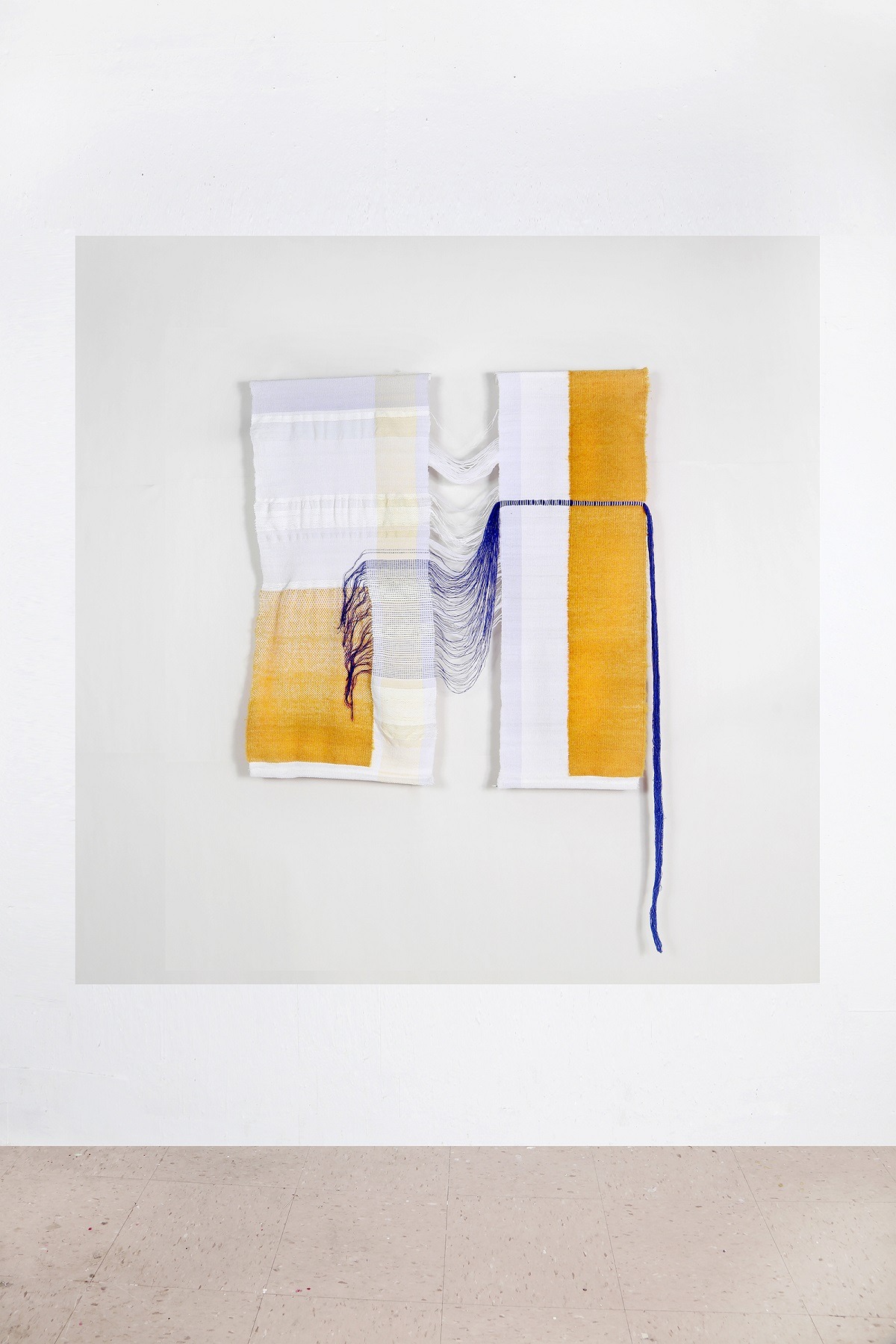
When yarns make your heart beat faster
TextileArtist.org: What initially attracted you to textiles as a medium? How was your imagination captured?
Kate Park: In all honesty, I was not really aware of the field of textiles until my undergraduate years but I was always interested in three-dimensional and hands-on work.
When I first came across textile works, I was intrigued. I became enraptured by the colours, patterns and tactile qualities of textiles. I was fascinated that a cone of yarn could transform into a three-dimensional work of art!
When I first walked into a room full of colourful yarns, I became very excited imagining all the possible creations that they might make. I am not quite sure how to describe this professionally, but my heart seriously started to beat faster! That is when I knew that I want to be a textile artist.
As I explored more and more about fibres and the techniques of knitting and weaving, textiles became increasingly more important to me.
I slowly became a textile nerd and I strive to be a better one, even now!
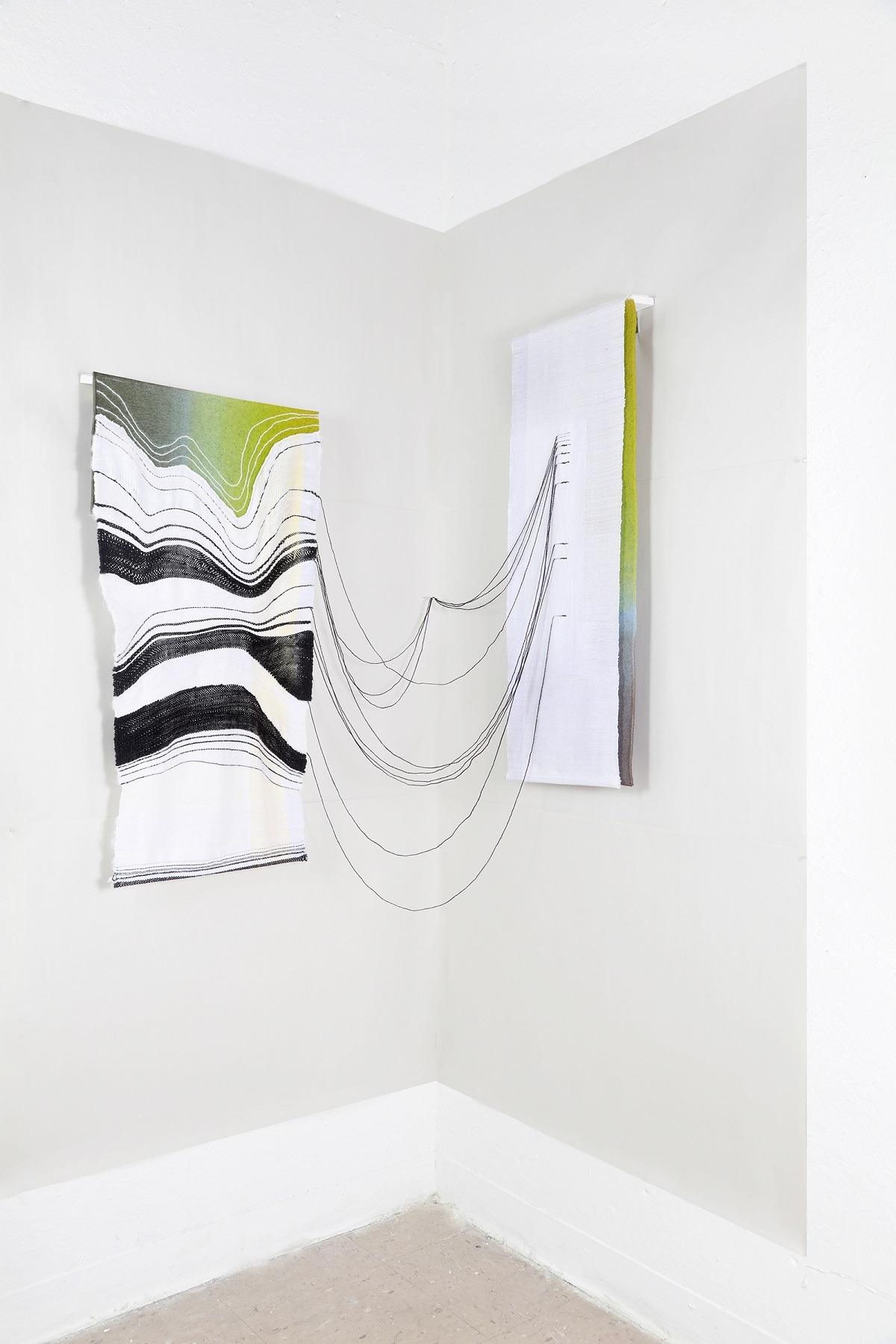
What or who were your early influences and how has your life/upbringing influenced your work?
Unlike many artists, I was not raised in a family involved in visual arts; my mother was an organist and my father a mechanical engineer.
Growing up, my mom always played classical music for me and my brother and my dad helped us build child-sized houses with cardboard. I was constantly exposed to some forms of art, making and engineering and was really interested in both. I ended up choosing to go to art college, but maybe the reason I was so intrigued by textiles was that I saw textile design as the perfect merge of art and engineering.
Alongside this, I moved from South Korea by myself to attend high school in the United States. This gave me a constant identity crisis. The cultural adaptation resulted in my confused identity, as a Korean living in America. That was how I began to work with this idea of contrasting duality coexisting.
While wrestling with the idea of using textiles and various forms of visual art for years, I slowly came to the conclusion that although much of it felt like a struggle, it was also a great blessing to have a multi-cultural background. It opened my eyes to new paths. As I’ve come to terms with this, I feel that my positive approach and acceptance toward the coexistence of my dual identity have become more evident, particularly in my more recent textile work.
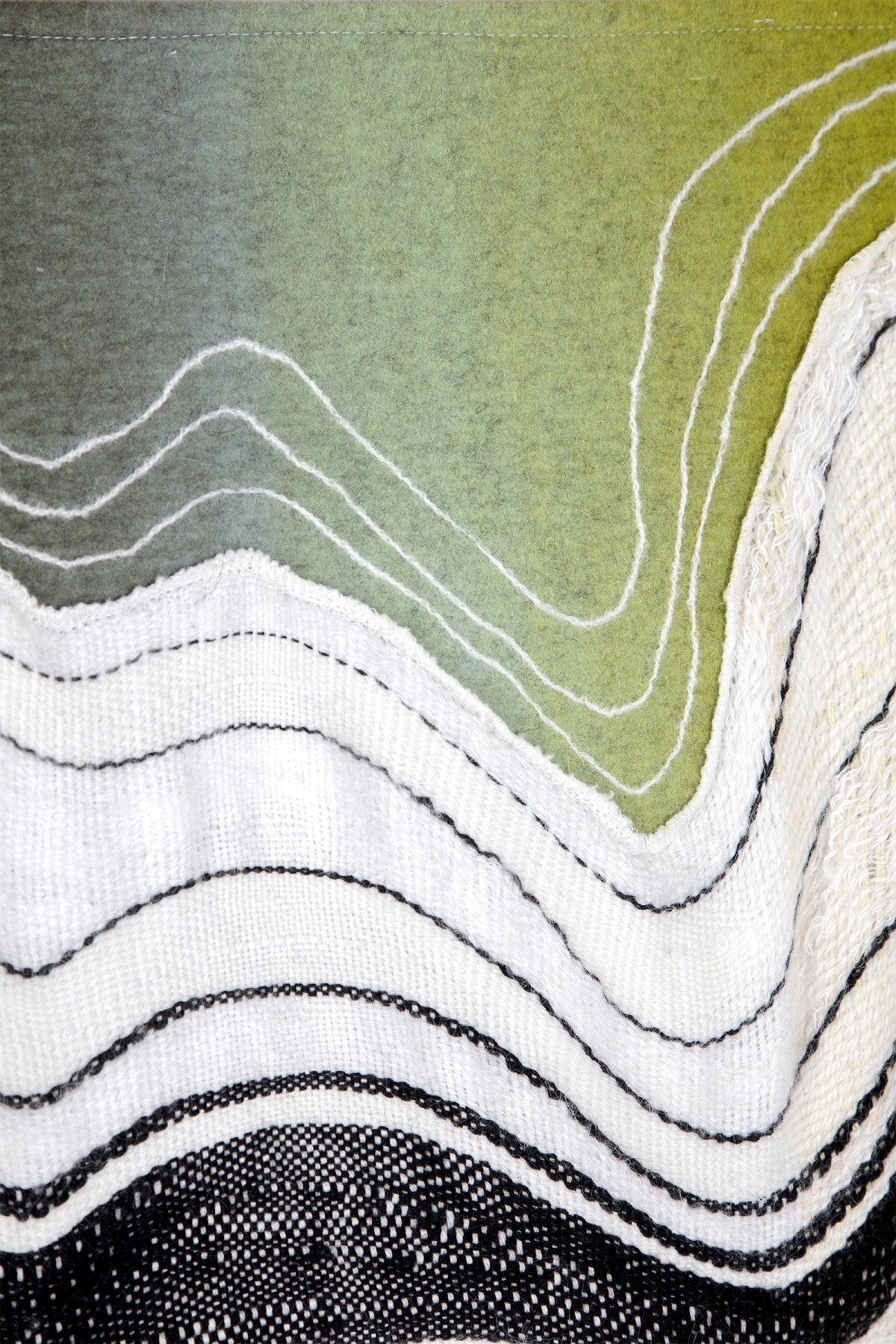
What was your route to becoming an artist?
I think I always wanted to be an artist, even as a child. At the same time, I have always felt like an artist. But there was definitely a time when I was not sure if I wanted to pursue art as my career.
I was afraid that if creating art is tied to money-making, I might start to view art as work and might not be able to enjoy it as freely.
At one point, I became unsure whether I was good enough to be an artist.
However, when I started to dive deeper into textiles in my second year of college, all my doubts disappeared. I was so passionate about textile art that I could not imagine myself being happier doing other things.
Practising in this field is by no means easy, but the important part was that I thought the hardship would be worth it. This really sounds like a love story!
I called myself an artist and this helped me become more confident. I also continue to envision myself as an artist in my future. My dream is to have a small textile workshop with gallery space, with sheep and alpacas running around in the backyard!
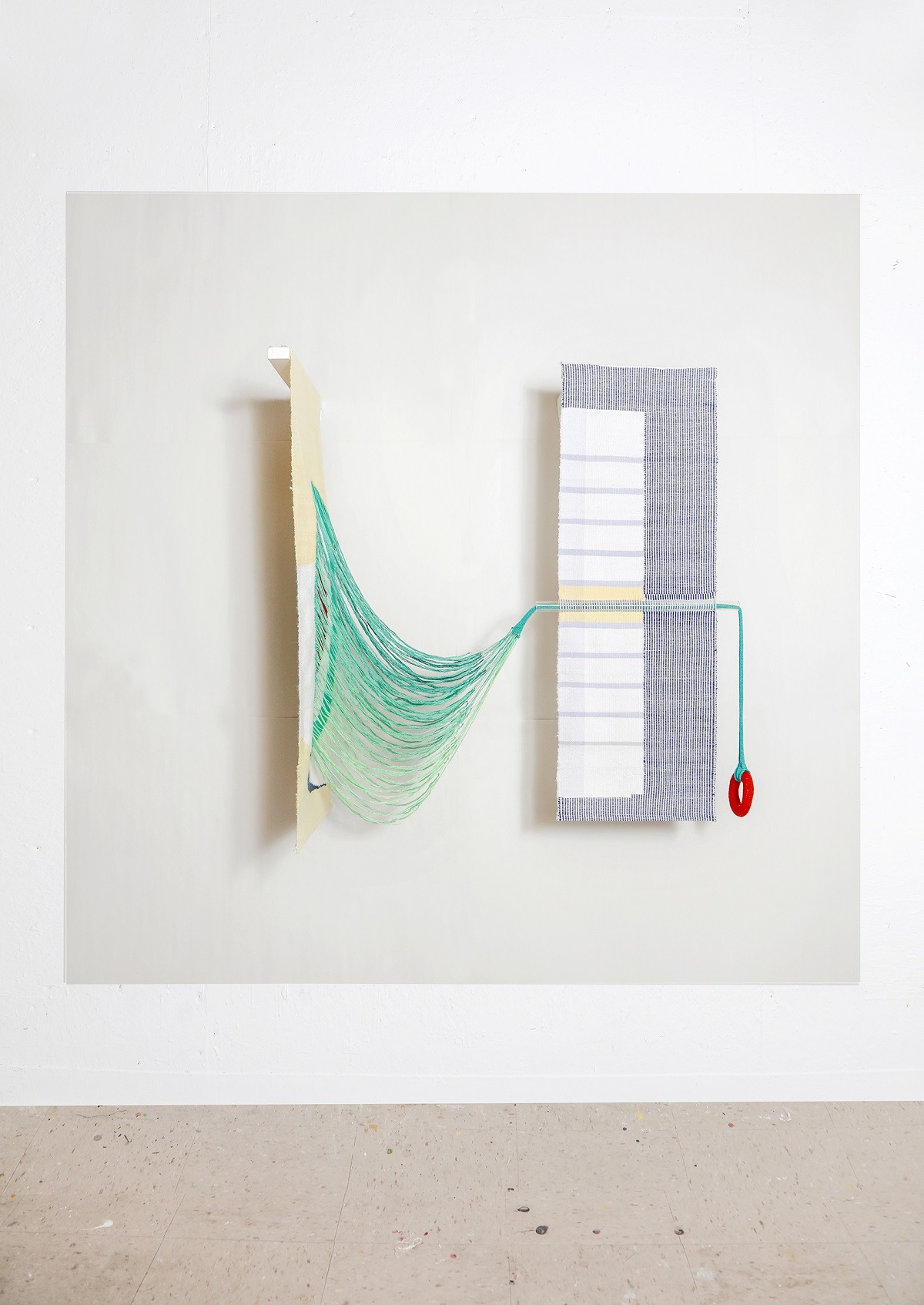
Weaving lines of poetry
Tell us about your process from conception to creation
I start with an initial idea, which I explore through writing notes. This helps me organise my thoughts and catch all these floating ideas into one place. I also do research using photographs, songs or books.
From my notes comes a natural progression to sketching. And then collaging various materials, to visually grasp the concept that I want to portray.
Since I work better three-dimensionally, I move onto making small mock-ups. This helps me to test out a structure using yarns and textiles. I work out what else I can include to express my initial ideas. This process is always interesting to me because I often get inspired by the unexpected results and happy accidents made during the research process.
Once I have figured out the size, form, structure, colour and techniques I want to use, I start on my technical planning. This varies depending on what tool or machine I am going to use.
For instance, if I decide to use industrial jacquard weaving, I begin to translate my drawings or paintings to a computerised format. If I want to hand-weave on a floor loom, I have to consider the type of fibre, density and weaving structure. Sometimes I dye my own yarns to match the exact colours that I want.
Then I start the production process. I weave, knit or felt to make the piece, often going through technical difficulties and problem-solving during the making phase.
At the finishing stage, I do all the detail-focused work like as cutting off all the yarn ends and neatly finishing my work, sewing the hems or washing the fabric.
My final task is to work out the perfect way to install and present my artwork.
Most artists would probably agree with me that the time between conception and creation can vary greatly. Sometime it takes months, sometimes less than a week! It depends on what I am working on.
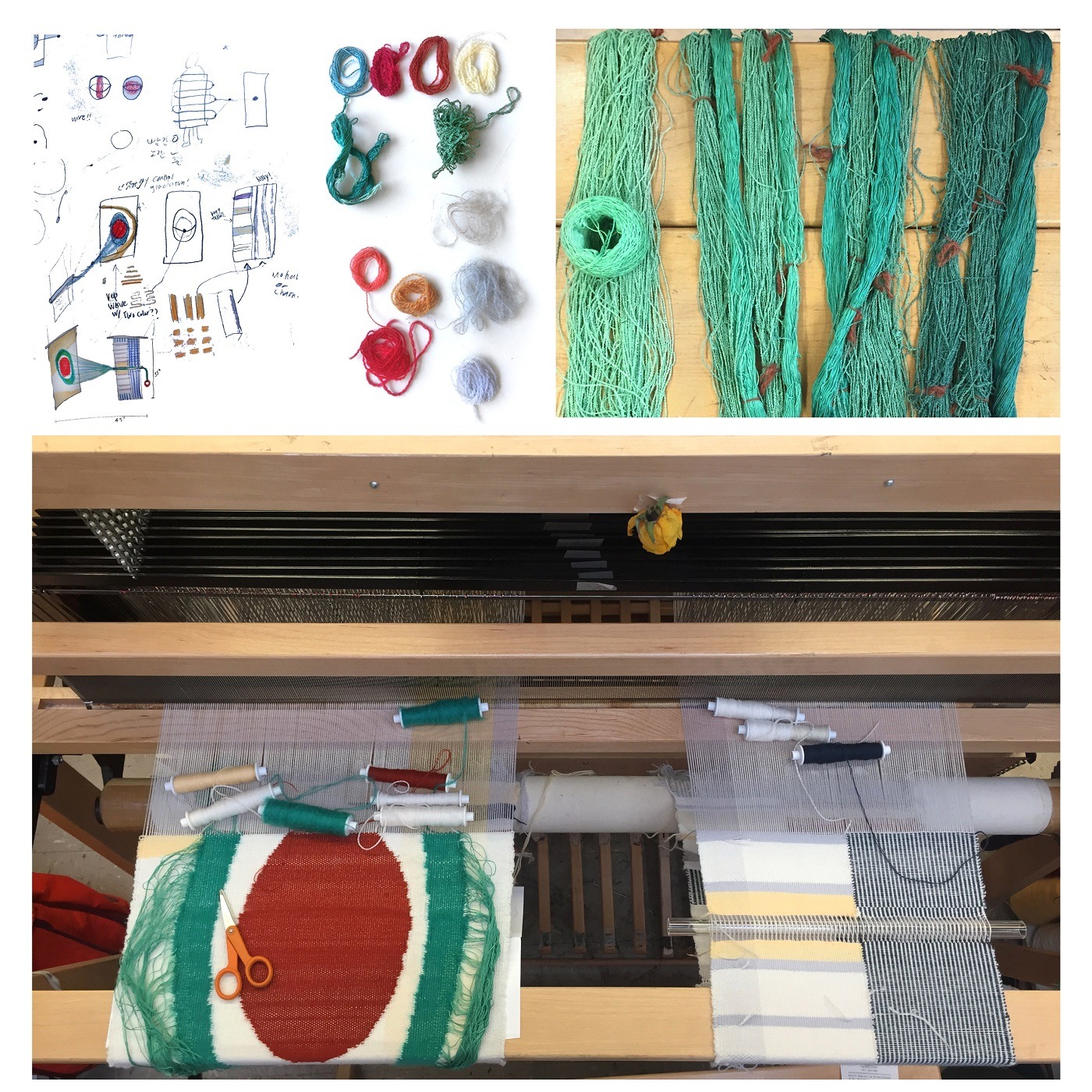
Tell us a bit about your chosen techniques and how you use them
I use various tools and machines including looms for hand-weaving, industrial-weaving, knitting machines and felting tools.
My recent focus has been on hand-weaving, which I particularly enjoy as it is easy to control the details by manipulating every yarn by hand.
I often describe hand-weaving like writing lines of poetry.
For every row, I make decisions on colour, texture, composition and structure. I do my hand-weaving on a floor loom, engineering the poetic details through the designed panels and colour choices.
I find it fascinating to have such control over the results, depending on how tightly I beat the wefts, how thick the yarn is and how the weft fibre reacts to the warp fibre. The weaver gets total control over every detail of the textile-making process in a really tactile and precise way.
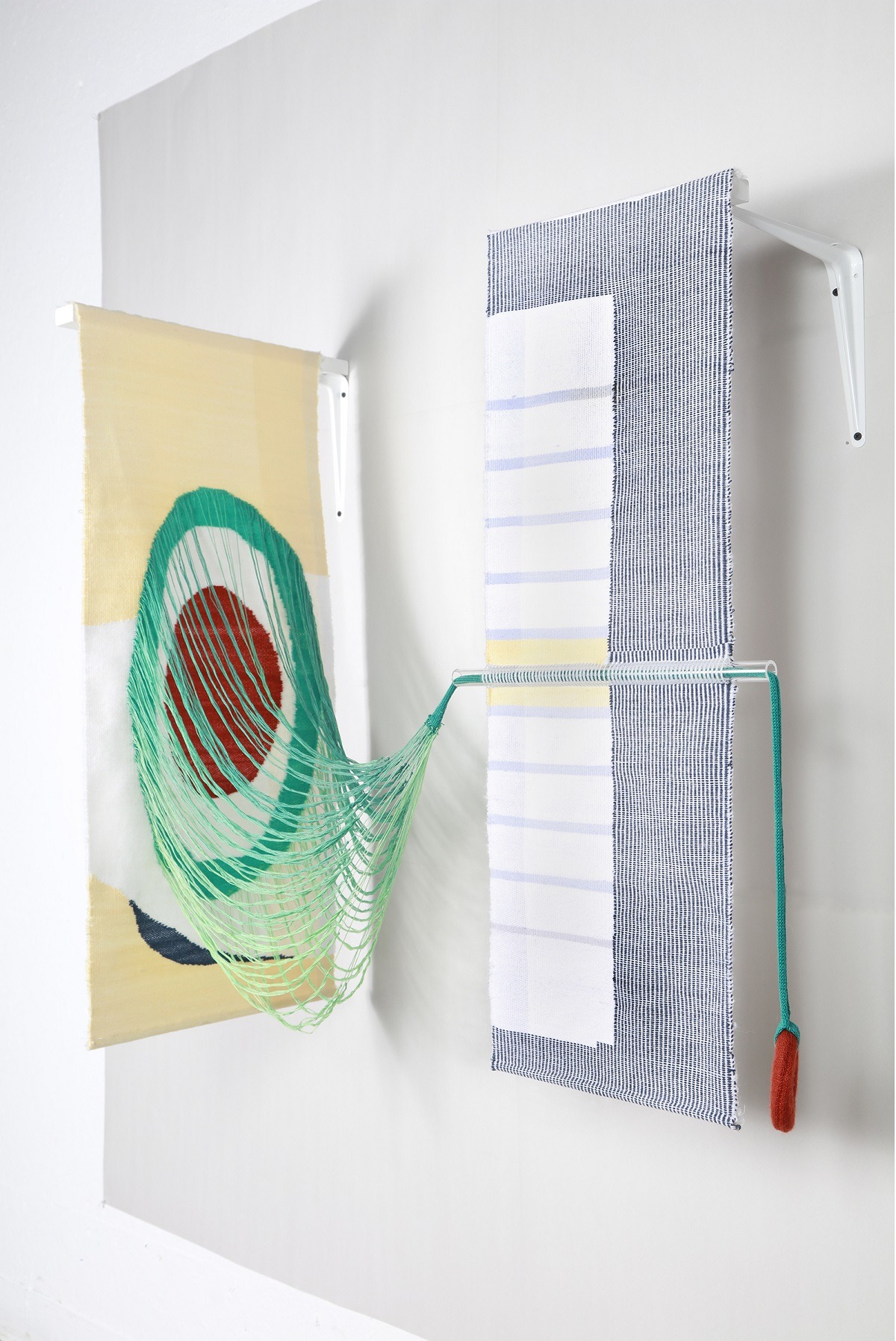
What currently inspires you?
Living in New York is hugely inspiring. There is a lot of visual stimulation. But it is also hard to find very authentic or natural visual inspiration.
I think I tend to focus more on moments or an epiphany nowadays since I often work with portraying abstract ideas into a visual reality.
For example, last weekend, I was inspired while talking with a friend sitting by the Hudson river at 2:00am. In the midst of waves constantly hitting the rocks and wind blowing chilly air, we exchanged our ideas about ‘changes’. It was not anything special but this almost mundane moment inspired me. Now I am writing about it, sketching and soon will be ready to jump into weaving.
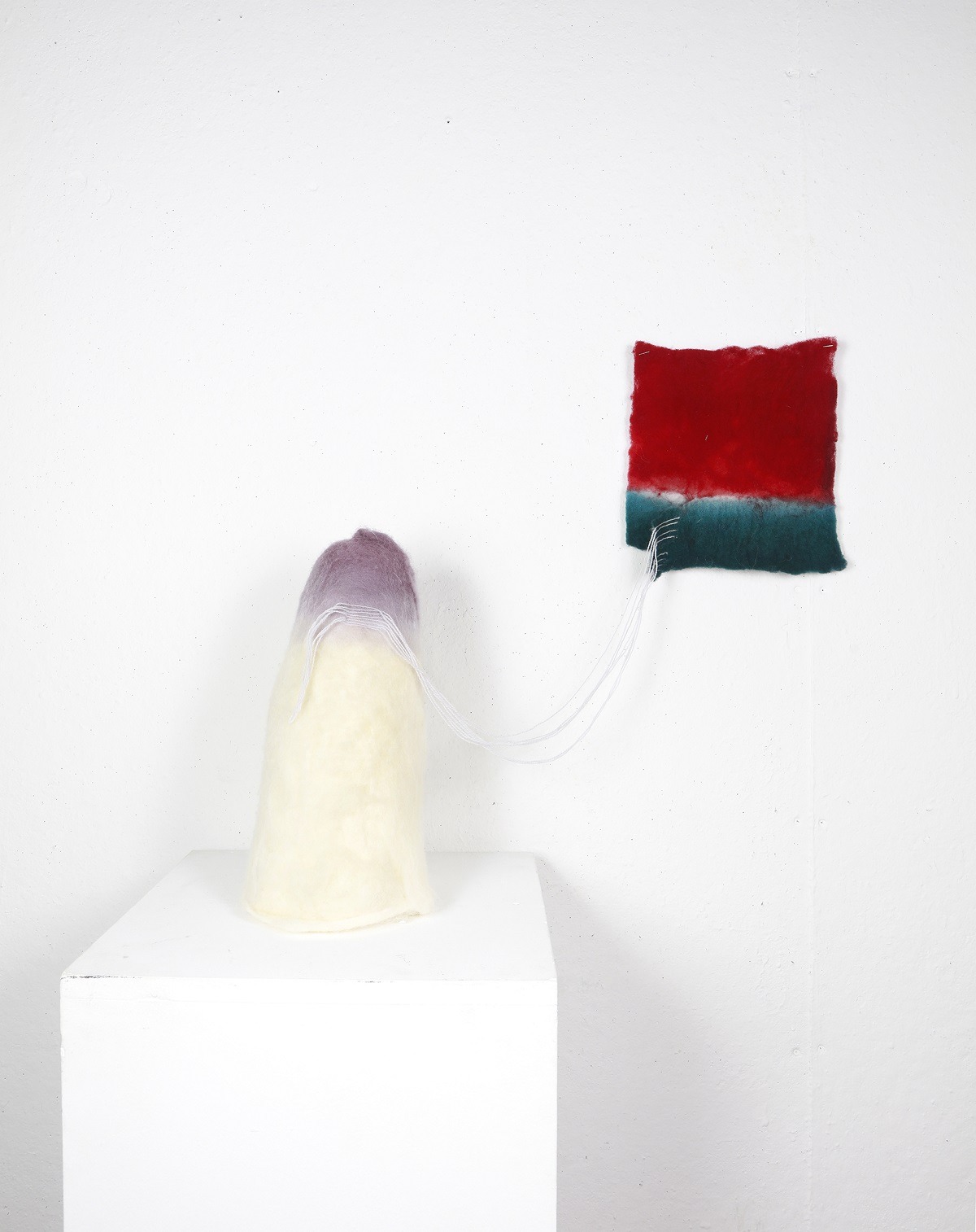
A passion awakens
Tell us about a piece of your work that holds particularly fond memories and why?
I once struggled with my results. I was never satisfied with my own work. Even if I worked very hard on my pieces and other people complimented my work, I was not happy with the result. It was very draining and discouraging.
So I decided to make work about something I was really passionate about so that I would have no choice but to like the results.
I spent a very long time thinking and writing; I finally admitted to myself that I should make work about my faith. It is something I don’t talk about but I am so passionate about it.
At first, it was very challenging. It was not easy to translate such an abstract idea as faith in textile art using yarns and fibres!
However, after a while, I found a clear direction and completed my artwork series “Faithful, Constant, Always”, “Like The Moon Pulls the Tide”, “Lost and Being Found” and “Duality to Unity”.
I was finally happy with my work. Not only with the outcome, but also the fact that I had made art about something so important to me, something I was always too shy to talk about.
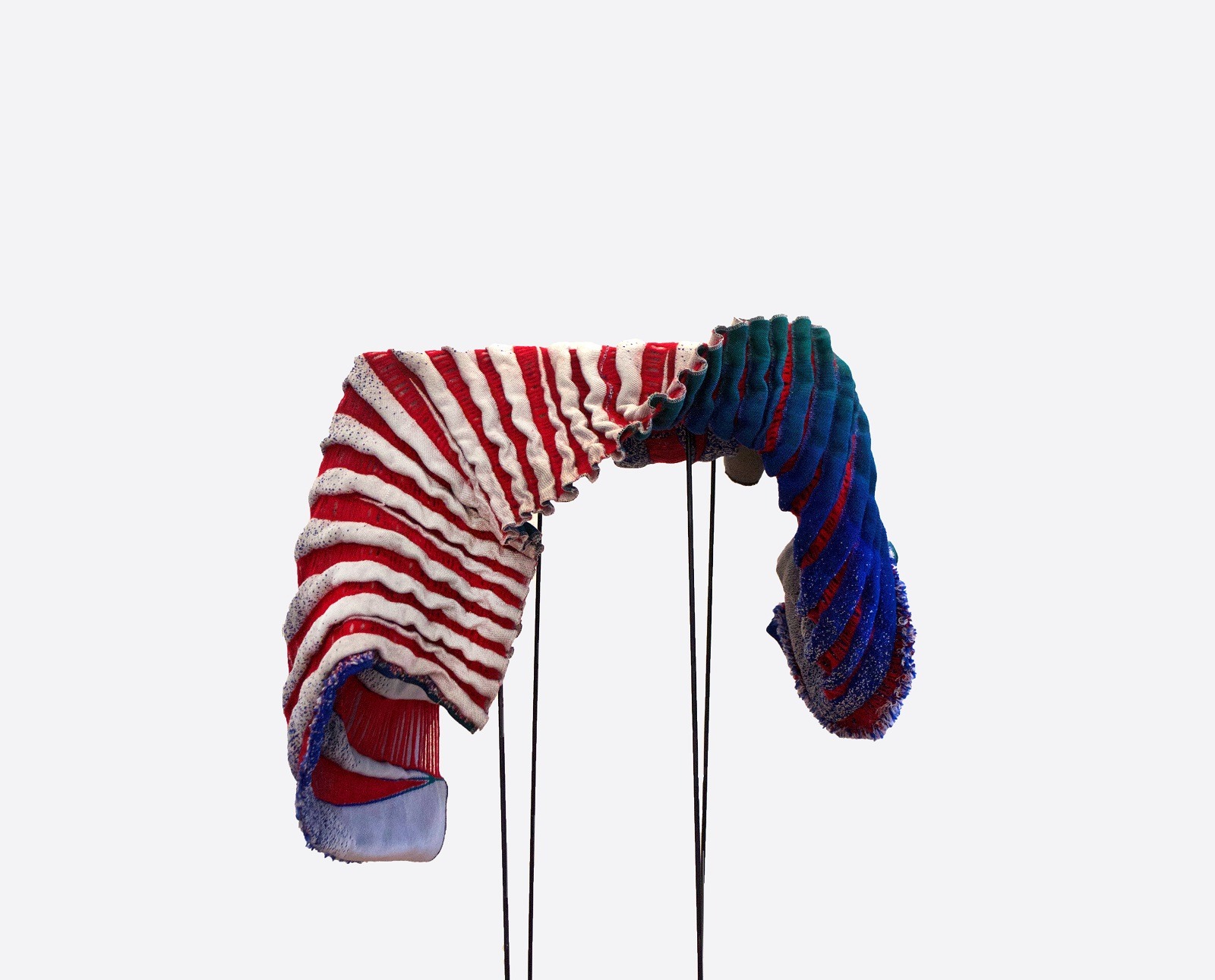
How has your work developed since you began and how do you see it evolving in the future?
My work has developed so much since I first began working with textiles. My knowledge, skills, ideas and vision are growing deeper with time. But the biggest change is my vision in textile art.
To be honest, when I first started, I simply imagined myself making cute things for my home, or pretty dresses, and just enjoying the process!
However, now I have been able to observe the limitless possibility of textile art and design, including smart textiles and industrially knitted and woven technical fabrics. Technology in knitting and weaving, as well as innovative techniques such as laser cutting and UV printing, are enabling the creation of new and exciting, mind-blowing textiles.
I am eager to explore all these new realms of textile production and apply them to my work in the future.
The textile medium still is a field of art and design that is foreign to many people. When people hear the word ‘textile’, they just imagine someone sitting on a rocking chair and hand-knitting a scarf as a craft or hobby. I love sitting on a rocking chair and knitting a scarf, but textile art offers so much more than that!
I believe that the future holds so many possibilities for textiles and I would love people to know that. In addition to my job as a textile artist and designer, I see myself as a textile ambassador!
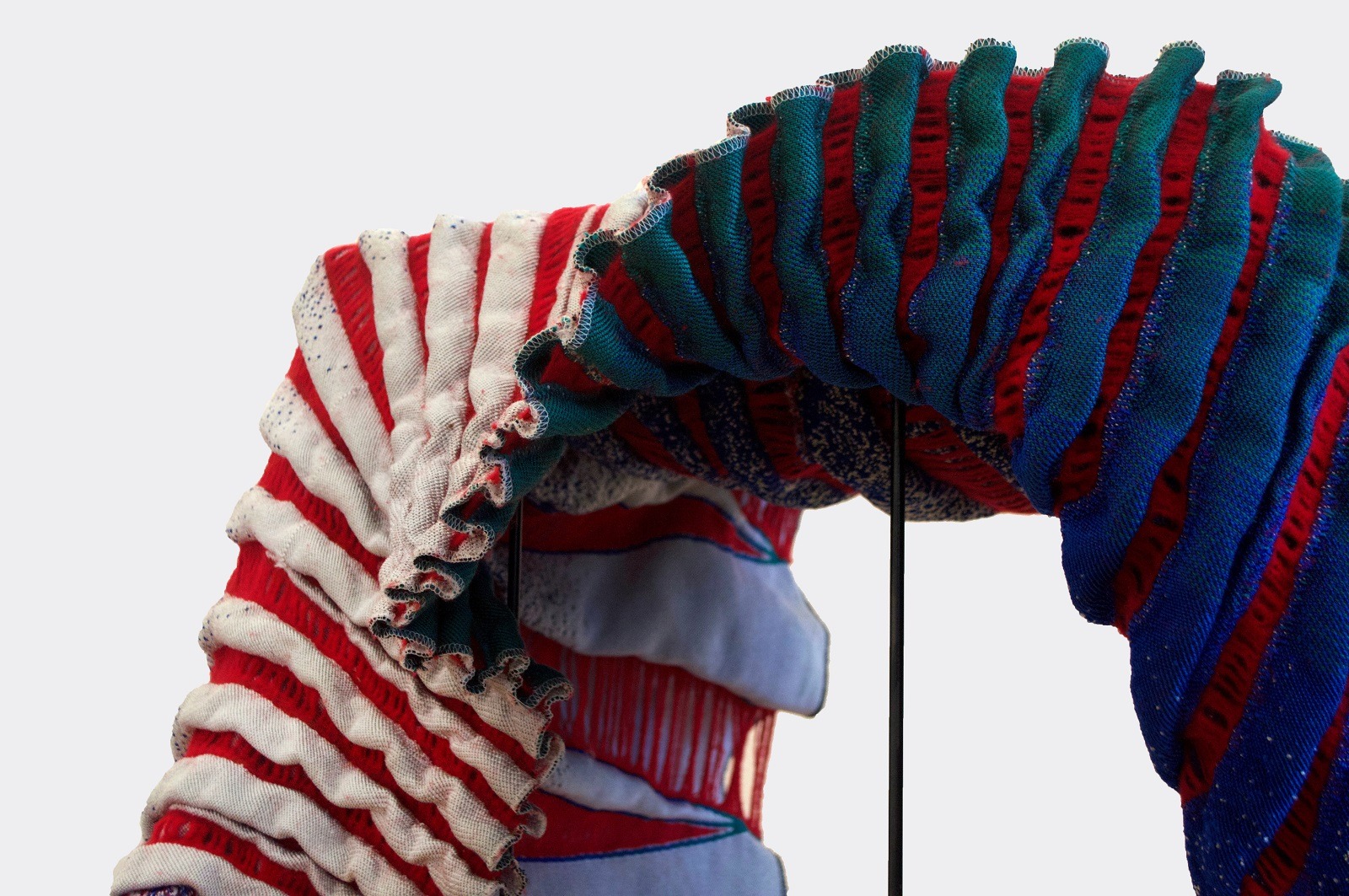
What advice would you give to an aspiring textile artist?
Here’s some advice that I like to constantly remind myself.
As artists, we face exciting moments of creating something new every day. Inevitably we also face trials and errors. It is so easy to be discouraged because the result is not what you pictured in your head or it doesn’t look as good as you imagined. That is inevitable! Don’t give up. Learn from mistakes and keep going.
Pushing the limit is our job as an artist.
Whenever I seem discouraged by how my trials and samples have turned out, my mentor always tells me, “Kate, just keep going.” I cannot thank her enough for encouraging me because that is what enabled me to bear fruit in many of my creative processes.
For more information visit www.thekatepark.com
Are you a textiles nerd like Kate Park? Share your passions with us using the buttons below
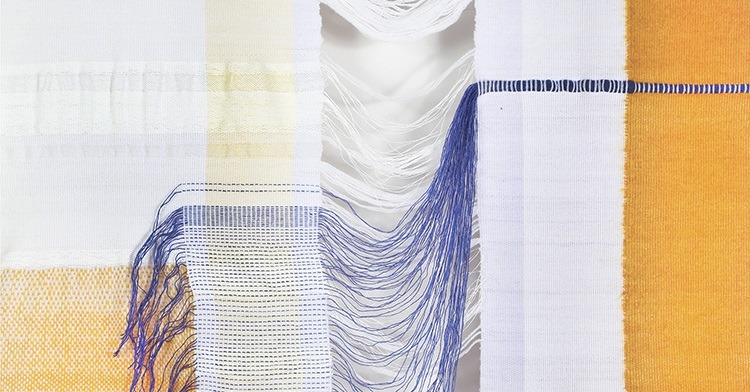

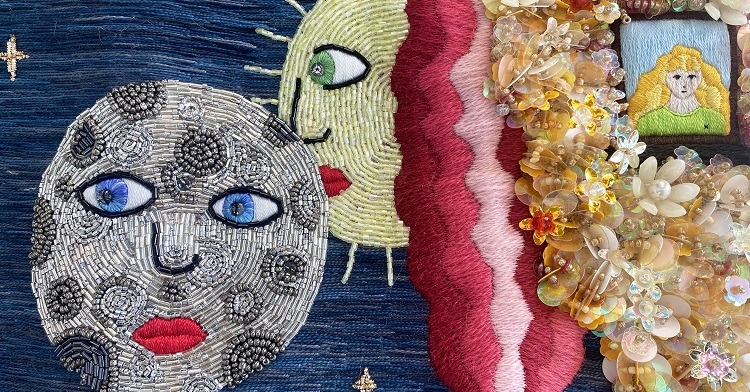
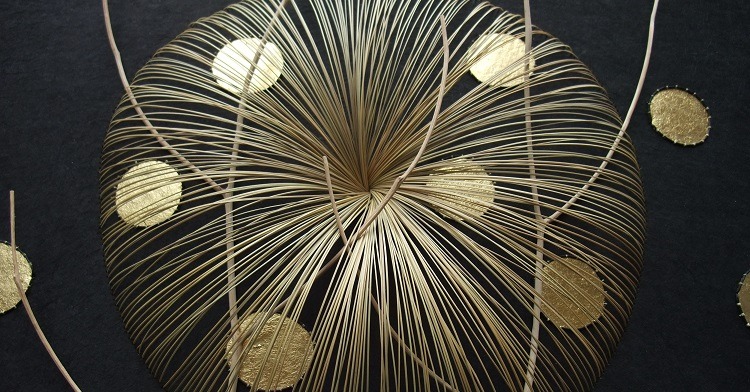
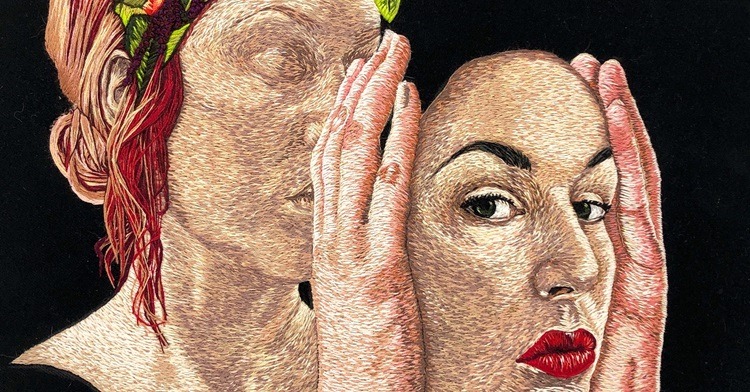
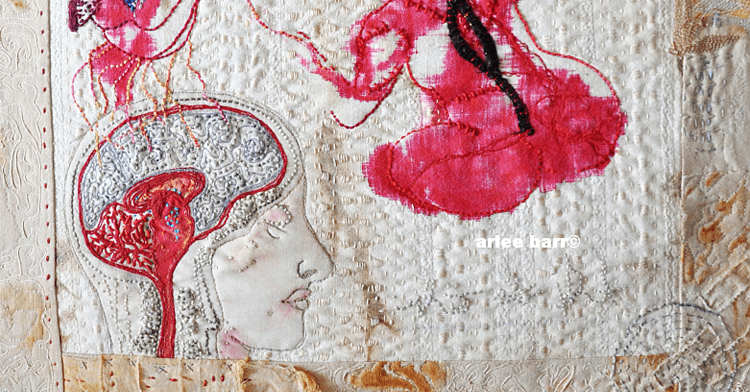
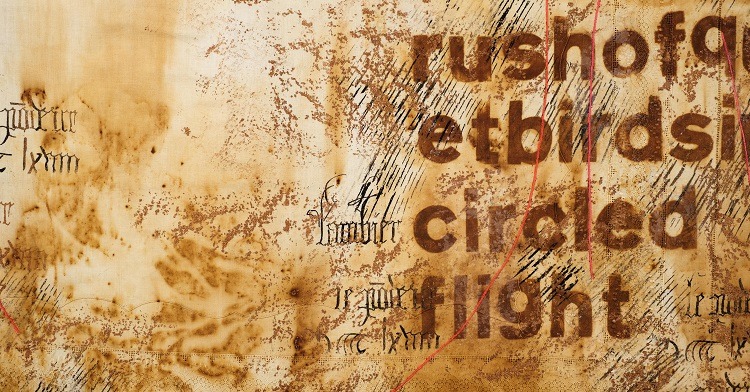
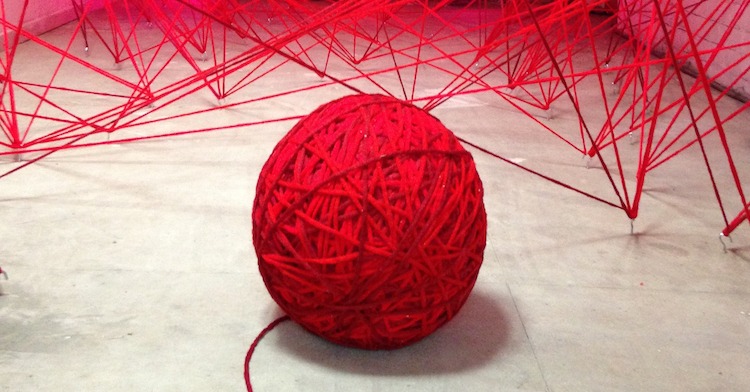
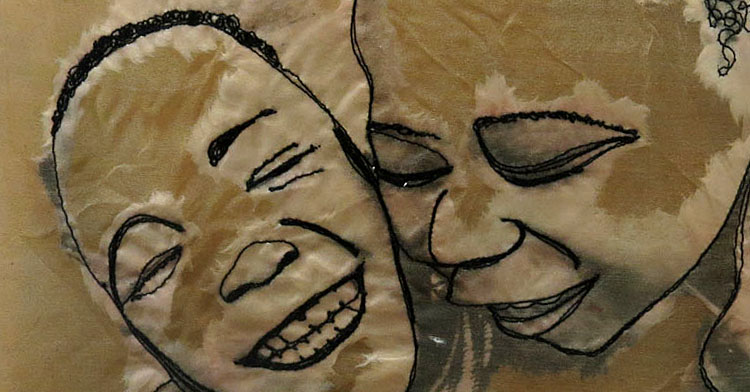
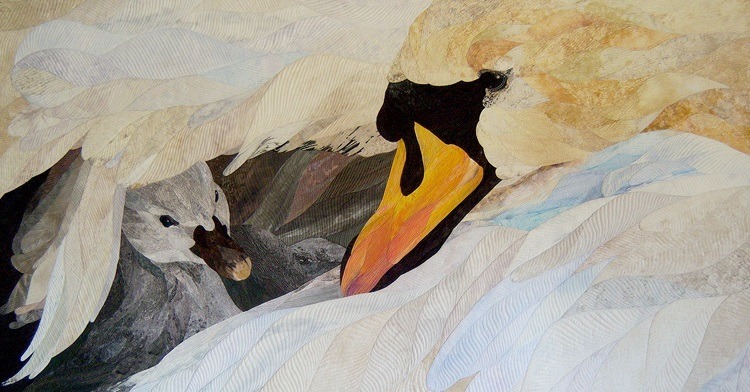
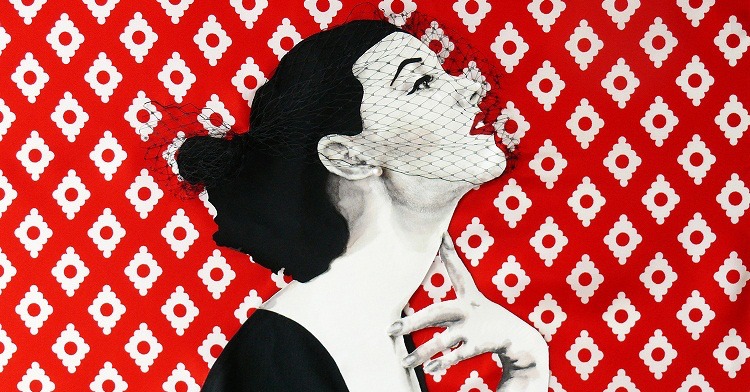
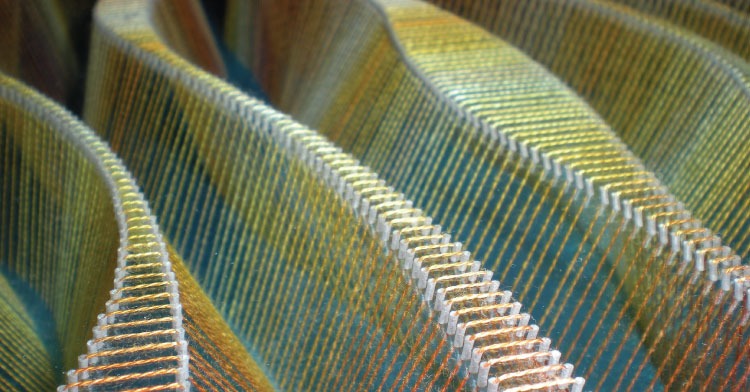
5 comments
rose
i always thought weaving was..well…dull, but no more, your installations are innovative and interesting. i hope you achieve your dream with sheep and alpacas running around !! may i suggest an angora rabbit as another furry/hairy addition to your animal wish list…..!
HoVidos
Fantastic blog! Do you have any suggestions for aspiring writers?
I’m planning to start my own blog soon but I’m a little lost on everything.
Would you advise starting with a free platform like WordPress or go for a paid option? There are so
many options out there that I’m completely overwhelmed
.. Any ideas? Many thanks!
Srivandana
Truly inspiring!
“….then she decided to only make art that stemmed from a real passion; her identity and faith. It fixed the problem.”
Many thanks for helping me see a way through the problem.
Jess
Another really interesting article! She seems so young to have done all this already. Of course I’m a textile nerd – colour and pattern are my thing, inspired by nature.
margot
Beautiful work, full of intrigue and wonder. Love the ‘Duality to Unity’ piece.